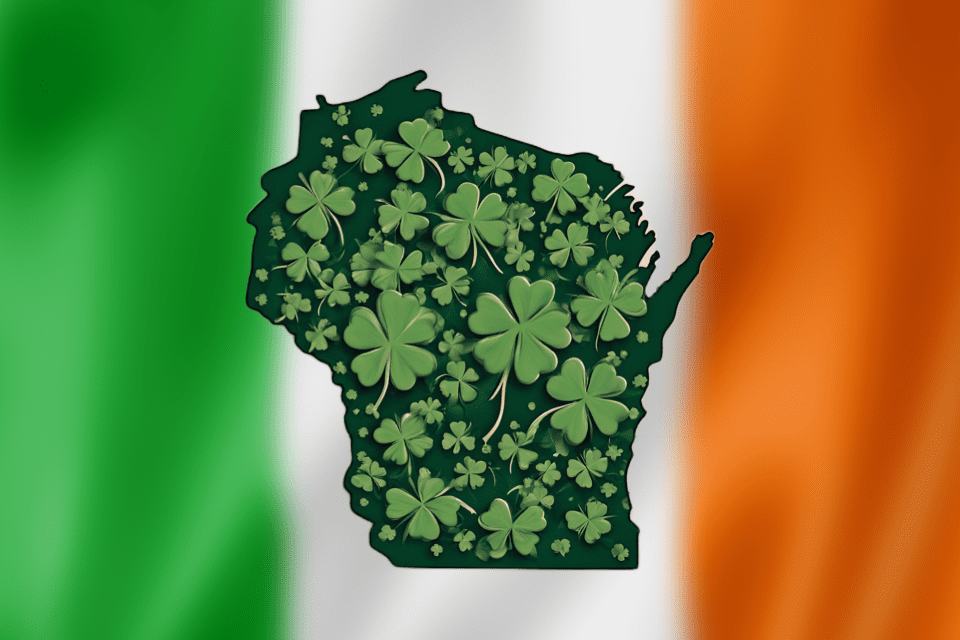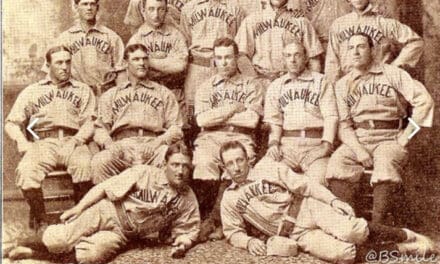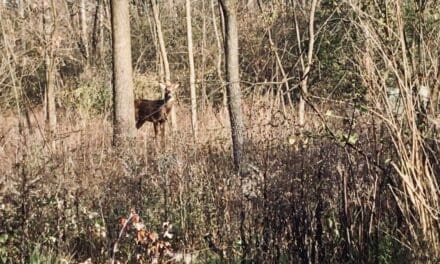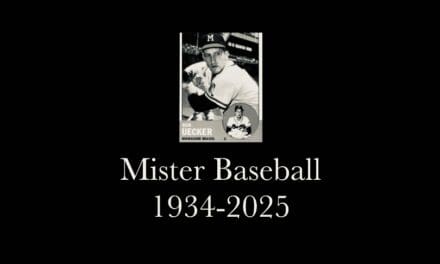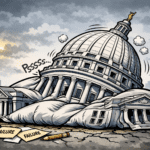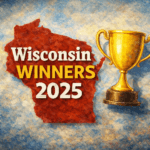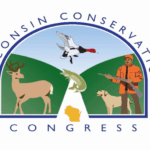The history of the Irish in Wisconsin is intertwined with the state’s development and prosperity, leaving a lasting impact on our culture and political foundations.
In the 1830s, the first wave of Irish immigrants arrived in search of new opportunities, escaping the challenges faced in Ireland, including poverty and political unrest.
Many Irish settlers gravitated towards the industrial centers of Milwaukee and the mining regions of southwestern Wisconsin. Their strong work ethic propelled them to find employment in vital industries like mining, construction, and the construction of canals and railroads.
Their contributions played a pivotal role in shaping the state’s infrastructure. Furthermore, Wisconsin’s agricultural landscape witnessed the Irish influence as they established farms, particularly in the southern and western areas of the state.

They engaged in dairy farming and crop cultivation, bolstering Wisconsin’s agricultural sector. Alongside their physical contributions, the Irish brought with them their cultural traditions, including storytelling, music, and dance. As many Irish came to Wisconsin before it was even a state, these traditions became integral parts of Wisconsin’s heritage.
Irish immigrants encountered challenges such as discrimination and prejudice, yet they persisted and formed tight-knit communities, building churches, schools, and organizations that fostered support and a sense of belonging. The Irish made up a large percentage of Wisconsin’s contingent in the Civil War, fighting to maintain the Union the state had only joined 13 years prior to the onset of the conflict.
There were subsequent waves of immigrants, but the mid 1830s marked the first, and helped establish Irish roots in what would become America’s Dairyland.
Several Wisconsinites with Irish ancestry have made significant contributions to life here and elsewhere. These include:
Jeremiah McLain Rusk: A prominent figure in Wisconsin politics, Rusk served as the state’s 15th governor from 1882 to 1889. He later became the United States Secretary of Agriculture under President Benjamin Harrison.
Daniel Hoan: Born to Irish immigrant parents in Bayfield, Hoan became Milwaukee’s longest-serving mayor, holding the position for 24 years from 1916 to 1940. He was known for his social reform efforts and commitment to improving the city’s infrastructure.
George Calhoun: Calhoun, was as a newspaper editor and co-founder of the Green Bay Packers. He formed the team with Curly Lambeau in 1919 and was associated with the team for more than four decades, working as the first team manager and finishing his tenure as a member of the Packers Board of Directors. He was the editor of the Green Bay Press Gazette and leveraged this position to enhance the public sentiment toward the team during its formative years.
Pat O’Brien: Born William Joseph Patrick “Pat” O’Brien on November 11, 1899 in Milwaukee O’Brien was one of the best-known screen actors of the 1930s and 1940s, He often portrayed priests and cops, and became the quintessential Irish American actor of his time, with roles in more than 100 films, most notably Knute Rockne, All American (1940), Angels with Dirty Faces (1938), and Some Like It Hot (1959). He frequently was cast in movies alongside James Cagney.
Tommy Thompson: Former Wisconsin Governor Tommy Thompson is well known for his Irish heritage, Thompson is the longest serving governor in the state’s history, having served a record four terms from 1987 to 2001. In that time he was widely regarded as one of the most-impactful governors in the nation. He implemented welfare reforms, pioneered School Choice and played a vital role in the state’s healthcare initiatives. He would later serve as Secretary of the US Department of Health and Human Services.
Now, somewhere around 12% of Wisconsin’s population identifies as having Irish heritage, compared to roughly 10% for the entire United States.
The impact of the Irish in Wisconsin is evident throughout the state, with notable areas such as Milwaukee, Green Bay, and La Crosse having significant Irish populations.
Originally published 3.14.24
